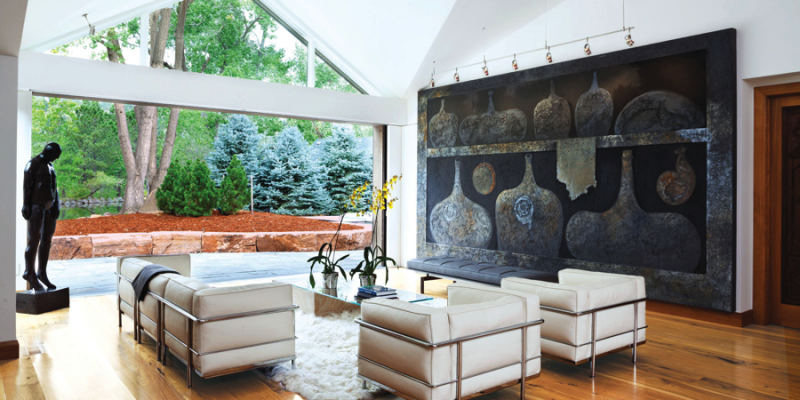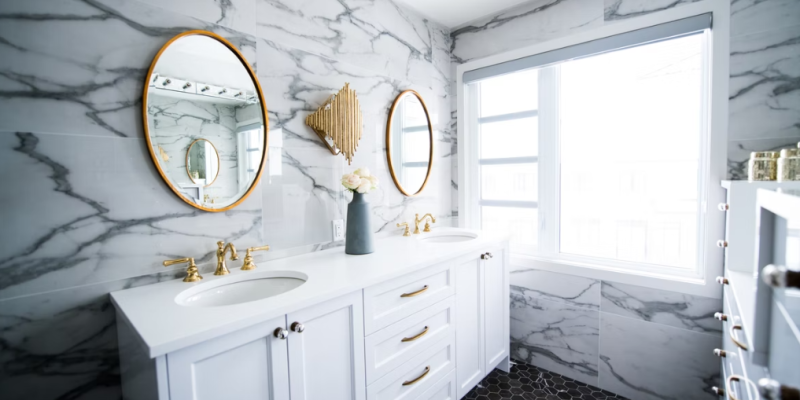Creating a sensory-friendly home is crucial for individuals with Autism Spectrum Disorder (ASD), as it helps improve their comfort and functionality in their living spaces.

Designing such a home goes beyond aesthetics; it’s about creating a nurturing environment that minimizes sensory overload and promotes a feeling of security and wellness. Today, we’ll briefly go over a what this design can entail and the good it can do for your loved one.
Let’s start with the visual aspects. It’s important to understand that the color scheme can play a pivotal role. Studies show soft hues and shades within the green-blue spectrum help calm the mind and reduce anxiety. Opting for natural materials in furniture and flooring may also diminish sensory triggers, enhancing the calming atmosphere. It’s wise to test paint samples and materials before finalizing a choice to verify that they meet sensory needs.
Lighting is another essential factor. While natural light is beneficial, having adjustable window treatments is vital to manage it based on daily or seasonal needs. For artificial lighting, choose bulbs that offer a high color rendering index (CRI) to emulate natural light while avoiding harshness. You may also want to consider using multiple light sources with dimmable features. This allows for customized settings that adapt to specific needs and times.
Managing noise is equally critical. Soundproofing can block intrusive external noises, and using soft furnishings such as thick curtains and plush rugs inside the home can muffle sounds, reducing echoes and creating a more tranquil environment. Selecting appliances and fixtures that operate quietly can also contribute to a peaceful atmosphere.
Effective storage solutions can further create a sensory-friendly environment by minimizing clutter. A tidy space reduces stress and sensory overload. Closed storage systems help organize and simplify the space, keeping visual distractions low and maintaining calmness.
The overall layout and flow of the home are important too. Make sure there are clear pathways and ample space to move around, which helps prevent overstimulation and anxiety from cramped or cluttered areas.
Incorporating personalized sensory-friendly zones is also beneficial. These areas might feature tactile toys, weighted blankets or soft lighting, tailored to individual sensory preferences, providing safe spaces for relaxation or sensory regulation.
Designing a sensory-friendly home should be a fulfilling experience. It’s a chance to creatively tailor a space that not only meets functional requirements but also supports the emotional and psychological health of its occupants. This approach turns the home into a sanctuary that aligns with and enhances the lifestyle and sensory needs of its inhabitants.
For more insights and practical tips on crafting a sensory-friendly home, be sure to check the accompanying resource.
A Simple Guide To Creating A Sensory Friendly Home was created by The Autism Treatment Center of America, a provider of autism consulting services








